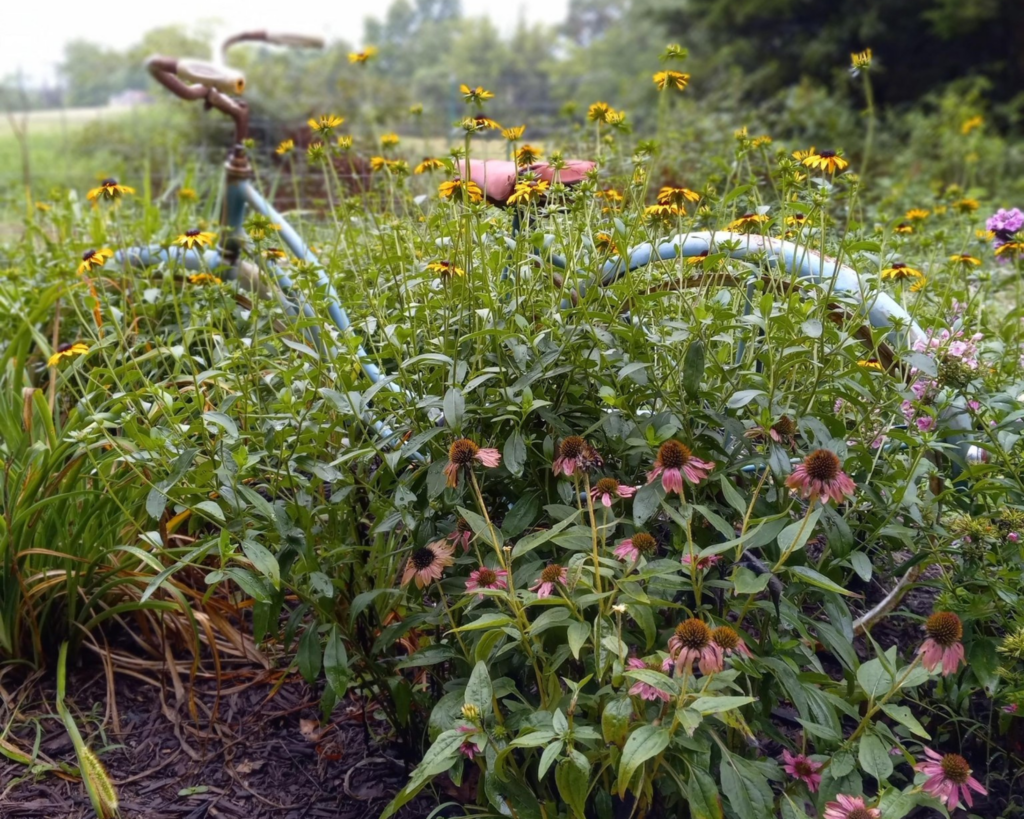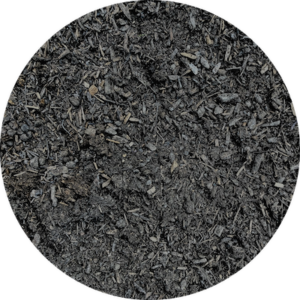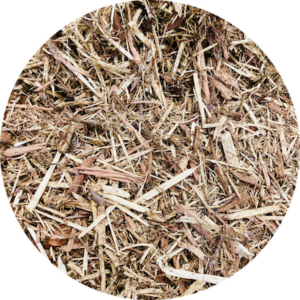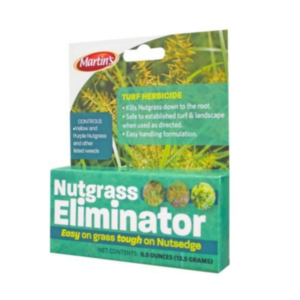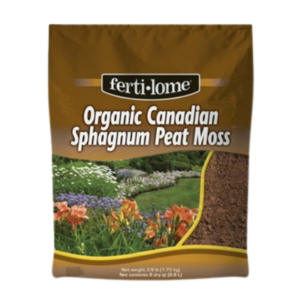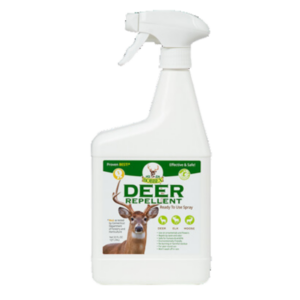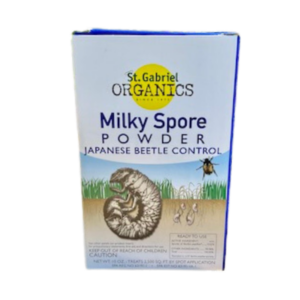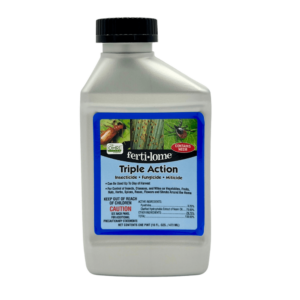Missouri’s weather has certainly kept our plants on their toes. First, the severe drought in the summer of 2022, followed by the harsh cold in December, dealt a tough blow to many of our beloved plants. And now, as we find ourselves grappling with another dry spell this spring, it seems like a good time for our horticulturist Dave to share some tips on how to help your landscape plants weather the dry season if it continues into the summer.
You can see current drought conditions on the Missouri Department of Natural Resources website.
The frequency of droughts in Missouri, including in cities around Springfield, has been on the rise in recent years. These droughts have a profound impact on landscape beds, lawns, and gardens, creating a challenge for homeowners, gardeners, and landscape professionals. Yet, despite these challenges, there are numerous ways we can adapt our landscaping practices to be more resilient in the face of these drier conditions.
Understanding Drought and Its Effects on Plants
Drought is a period of abnormally dry weather that lasts long enough to cause a serious hydrological imbalance. This imbalance can result in detrimental impacts on plant and animal populations. In Missouri, this can be particularly challenging due to the state’s variable climate and wide range of soil types.
During a drought, the available water in the soil is reduced, limiting the supply to the plant roots. This can lead to plant stress and, in extreme cases, plant death. It can also cause the soil to become compacted, making it harder for water to penetrate when it does rain and reducing the ability of plant roots to take up nutrients.
While the most obvious damage from drought to plants is dehydration due to a direct lack of water, there are several other less direct, but equally harmful, effects that can occur.
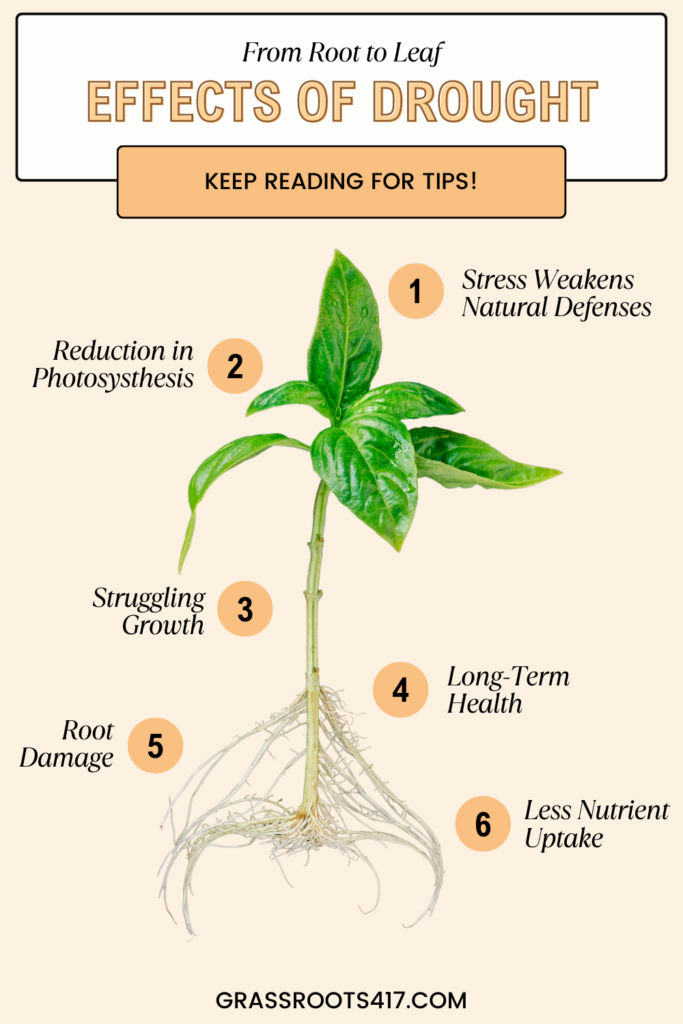
Stress and Weakened Defenses
Drought conditions cause plants to become stressed, which weakens their natural defenses and makes them more susceptible to diseases and pests. This is because when plants are water-stressed, they often have less energy to devote to fighting off pathogens and pests. As a result, plants under drought stress can become more vulnerable to infections and infestations.
Impaired Photosynthesis
Drought can lead to a reduction in photosynthesis, the process by which plants convert sunlight into energy for growth. This happens as plants close their stomata (small pores on leaves) to reduce water loss, which also restricts the amount of carbon dioxide they can absorb. With less carbon dioxide available, the rate of photosynthesis decreases, which can slow plant growth or even cause the plant to wilt and die if the drought persists.
Nutrient Uptake Issues
Water is critical for the uptake and transport of nutrients within the plant. When water is scarce, the plant’s ability to absorb essential nutrients from the soil is impaired. Over time, this can lead to nutrient deficiencies, affecting plant health and vitality.
Reduced Growth and Yield
For fruiting plants and crops, drought can lead to reduced growth and lower yields. As plants divert their limited resources to survival rather than growth and reproduction, the size and quantity of fruits or vegetables they produce can significantly decrease.
Root Damage
Extended periods of dryness can cause damage to a plant’s root system. The roots may become desiccated and lose their function, or they may grow more shallowly as they search for water near the soil’s surface, both of which can weaken the plant’s stability and overall health.
Long-Term Plant Health
Even once a drought is over, plants may continue to suffer. The stress and damage endured during the drought can make plants more susceptible to issues in the future, such as winter damage or disease in the following growing season. For example, the 2022 drought in Missouri is still affecting trees in the area, even if they didn’t die last year.
Understanding these indirect effects of drought on plants underscores the importance of implementing effective drought management strategies in your garden or landscape.
Protect Your Plants in the Coming Months with These Tips
When it comes to watering, less frequent but deep watering encourages plant roots to grow deeper into the soil, making them more resilient during dry spells. The tree watering bags Dave uses are a great example of this principle.
Mulching is another important strategy. A layer of mulch on the soil surface reduces evaporation, suppresses weeds, and keeps the soil cooler. It can be made from a variety of materials, including wood chips, straw, or even shredded leaves. Dave has found that “mulch can make a huge difference during a drought. It’s like a protective blanket for the soil.”
You can mix peat moss into soil that’s compacted or needs a little help holding onto water. Peat moss is excellent for absorbing water and releasing it over time.
Another important practice is watering effectively. Watering in the early morning when temperatures are cooler reduces evaporation, allowing more water to reach the plant roots. (We used to promote late evening waterings, but now just recommend early morning waterings to cut down on fungus issues.)
Drip irrigation systems, which deliver water directly to the root zone, can also be a more efficient way to water your garden.
Be sure to prune any brown or dying branches on plants that may be suffering. The plant will be able to focus its existing resources on healthy areas.
Lawn Care During Drought
Maintaining a healthy lawn during a drought can be challenging, but with a few strategic changes to your lawn care routine, it’s entirely possible. One of Dave’s cardinal rules is to adjust the mowing height and frequency during drought conditions. Cutting grass longer allows for more photosynthesis, which in turn leads to better stress recovery. It also provides more shade for the soil, reducing evaporation.
Another critical tip from Dave is to avoid seeding grass during a drought. “If you need to plant new grass,” Dave advises, “wait until it is cooler outside. Planting seed in the fall helps the grass establish strong roots over the winter to tolerate the stresses of summer.” In fact, September and October are often the best time to prepare for a beautiful and drought-resistant lawn the following spring.
Aeration is another effective technique for managing lawns in drought conditions. By making small holes in the lawn, aeration alleviates soil compaction and improves air exchange between the soil and the atmosphere. Following aeration, Dave often applies sand to further improve soil structure and promote deep root growth.
Tips For Next Year
By taking precautions well ahead of drought conditions, your landscaping features will be in a much better condition to thrive with low water.
Preparing the Soil
Healthy soil is the foundation of a resilient landscape. It plays a crucial role in mitigating the impacts of drought, primarily through its ability to retain water. Improving the water-holding capacity of the soil involves several key steps, including the addition of organic matter, the use of mulch, and the encouragement of soil biodiversity.
Organic matter, such as compost or well-rotted manure, can significantly improve the structure of the soil and its ability to retain water. It acts like a sponge, absorbing water during wet periods and slowly releasing it during dry spells. Adding organic matter to your soil is a simple and effective way to enhance its drought-resistance.
Choosing the Right Plants
Choosing the right plants is another critical factor in creating a drought-resistant landscape in Missouri. Incorporating drought-tolerant plants can significantly reduce water usage while maintaining a vibrant and diverse landscape.
Native plants, adapted to Missouri’s climate and soil conditions, are often a good choice. They are generally more resistant to local pests and diseases, and they require less water than non-native species.
Don’t forget about your lawn either. Certain grass species are more drought-tolerant than others. Tall fescue, for example, is a cool-season grass that is widely used in Missouri because of its ability to withstand drought.
In the end, the key is to match the plant with the site conditions. As Dave advises, “Plant the right plant in the right place. A plant that is well-suited to its environment will always perform better, especially in times of stress like a drought.” By selecting plants wisely and arranging them based on their water needs, you can create a landscape that is both beautiful and drought-resistant.
Drought-Tolerant Plants
Rose of Sharon ‘Blueberry Smoothie’

The Blueberry Smoothie variant of Rose of Sharon is known for its stunning double blueish-purple blooms that flourish from summer through fall. This plant is a sturdy specimen, easily adapting to various soil types and effectively tolerating drought. It thrives best in full sun and can reach up to 8 feet in height and spread 4 feet wide. Most varieties of Rose of Sharon are drought-resistant, so you can choose from many different colors.
Liriope
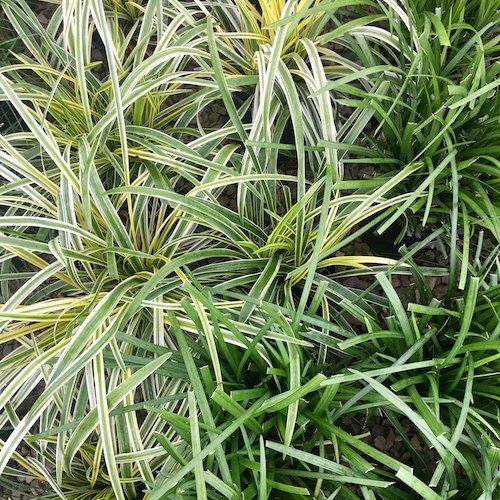
Liriope is a versatile perennial that serves multiple purposes in a landscape – from edging beds and lining walkways to clustering under trees or simply adding texture and color. This plant stands up well against drought, heat, and humidity, and is adaptable to a range of light conditions from full sun to almost full shade. Mature plants can reach 14-20 inches in height and 12-24 inches wide.
Lanceleaf Coreopsis
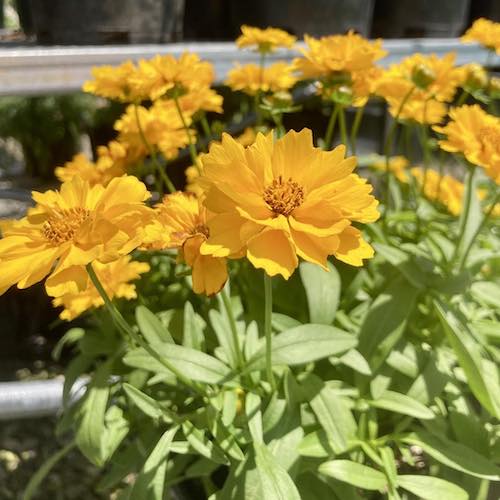
A native wildflower of Missouri, the Lanceleaf Coreopsis is a charming addition to any garden with its yellow daisy-like flowers. This plant is highly tolerant of heat and drought and typically grows to a height of 1-2 feet and a spread of 1-1.5 feet. Most Coreopsis varieties are drought-resistant.
Milkweed
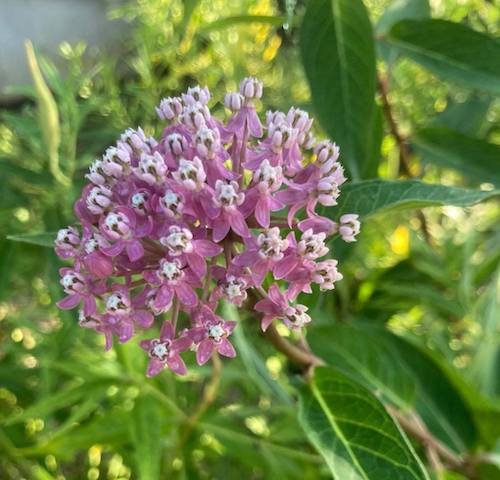
Milkweed, a hardy plant native to North America, is known for its capacity to thrive in a variety of conditions, including those characterized by minimal moisture. Its drought-resistance stems from its deep root system, which allows the plant to tap into ground water resources even during extended periods of low rainfall. This, along with its bright, nectar-filled flowers that attract pollinators, makes milkweed an important component of sustainable and resilient ecosystems, particularly in drought-prone areas.
Honeysuckle Shrubs

Honeysuckle shrubs are extremely versatile, capable of thriving in full sun to full shade. They are notably drought-tolerant and deer-resistant, attracting bees, butterflies, and hummingbirds. These shrubs typically grow to about 4 feet in both height and width, making them an excellent choice for a native garden without the invasiveness of wild honeysuckle bushes.
Limelight Hydrangeas

The Limelight Hydrangea is a remarkable plant that displays resilience in the face of drought. Known for its distinctive white-green flowers, this plant has a deep root system that enables it to access water from further down in the soil, enhancing its drought tolerance. While it appreciates regular watering, its ability to withstand periods of dryness makes it a robust and attractive choice for drought-prone landscapes.
Most Ornamental Grasses
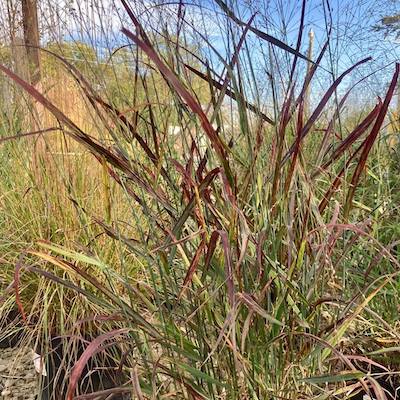
Ornamental grasses make an excellent addition to Missouri landscapes, particularly because of their strong drought resistance. Their deep, extensive root systems enable them to reach water deep in the soil, allowing them to thrive even during periods of low rainfall. These grasses are not only resilient in the face of drought but also add texture, movement, and often year-round interest to the garden. Their variety in size, color, and form offers a wealth of design possibilities, making them a versatile choice for Missouri gardens seeking to weather the challenges of drought while maintaining a beautiful and engaging landscape. Some of our favorites are Maiden Grass, Hameln Grass, and Karl Foerster Grass.
Drift Roses
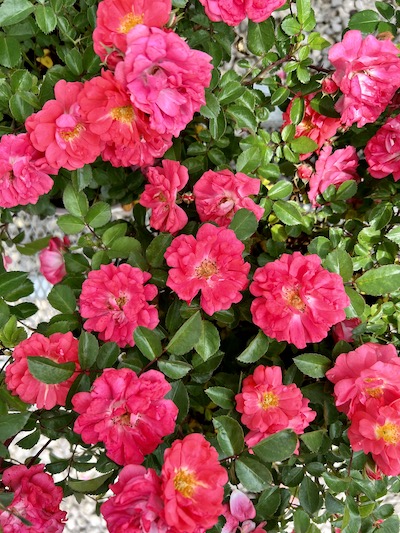
Drift Roses are petite shrubs that reach about 1.5 feet tall and spread to about 2.5 feet wide. They boast clusters of small flowers that bloom from spring through the first frost. With their love for sun and drought tolerance, these roses serve as an excellent ground cover. Varieties are available in white, red, pink, coral, and peach.
Catmint

Catmint is a perennial herb admired for its robustness and drought-tolerance. It has evolved to flourish even in arid conditions, thanks to its sturdy root system that efficiently absorbs water from deep within the soil. This distinctive trait, coupled with its vibrant lavender-blue blossoms that lure various pollinators, makes catmint an ideal choice for gardeners operating in areas challenged by periods of water shortage.
Products that Mitigate Drought Issues
Holganix Plant Probiotics

Holganix allows plants to better uptake the existing nutrients in the soil. By applying Holganix well before a drought, you can ensure that the plant will be at its healthiest when the dry spell strikes.
Specialty Weed Killer
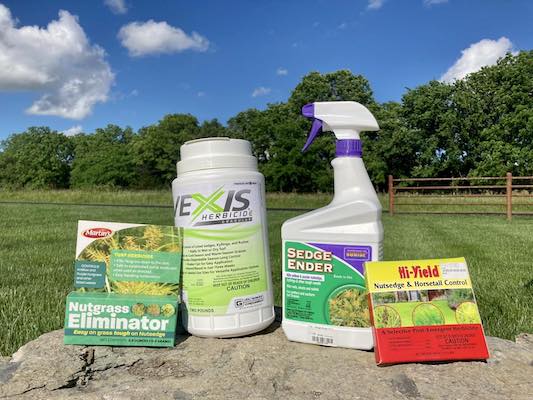
Droughts often kill desirable grass and plants, leaving room in the soil for pesky weeds. You can be prepared with general weed killer, but weeds like Nutsedge need their own products. Be sure to talk to our helpful staff about what weeds you want to get rid of. They’ll be glad to point you in the right direction.
Grub Control with Milky Spore

Milky Spore is a bacteria that targets grubs specifically, acting as an organic and environmentally-friendly alternative to traditional grub control methods. The bacteria works by infecting grubs with a disease that’s fatal to them, but harmless to other organisms. Once a grub ingests the bacteria, it multiplies inside the grub, eventually killing it and releasing billions more spores back into the soil. These spores remain dormant until consumed by another grub, creating a sustainable, self-perpetuating control mechanism.
Additionally, because grubs are the larvae of Japanese beetles, using Milky Spore can also help control these pests. When grubs are effectively targeted, the life cycle of the Japanese beetle is interrupted, leading to a decrease in the adult beetle population in your lawn and garden. This means less damage to your plants and less time spent on beetle control. By using Milky Spore, we’re not only taking a more natural approach to grub control but also contributing to a healthier, more balanced ecosystem in our landscapes.
It’s possible for this bacteria to remain in the soil for up to 10 years, so while it is a little more expensive per application than chemical grub control, you can see cost savings over time. While the product should be kept away from kids and pets before applied, it’s totally safe once for normal contact on your lawn.
Pest Control Products
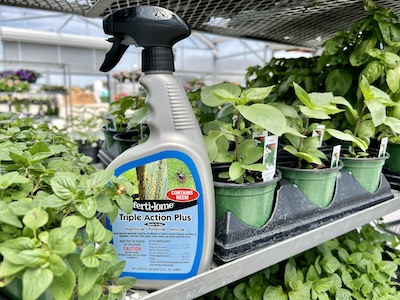
Drought conditions can create a perfect storm for an uptick in certain insect populations, such as mites, scale, and potentially bagworms. These pests thrive in warm, dry environments and can quickly multiply under such conditions. The heat accelerates their life cycle, allowing them to reproduce more rapidly and in larger numbers. As water becomes scarce, plants become stressed and their natural defenses weaken, making them more susceptible to these pests.
In a way, drought can create a vicious cycle: it damages plants directly, but it also indirectly causes harm by facilitating the growth of pest populations. Thus, managing these insects becomes an essential part of maintaining a healthy garden during periods of drought.
We carry products like Triple Action (with Neem) to target pests after they’ve arrived, and Systemic Insect Control, which needs to be applied before there’s a pest issue.
Deer Repellant
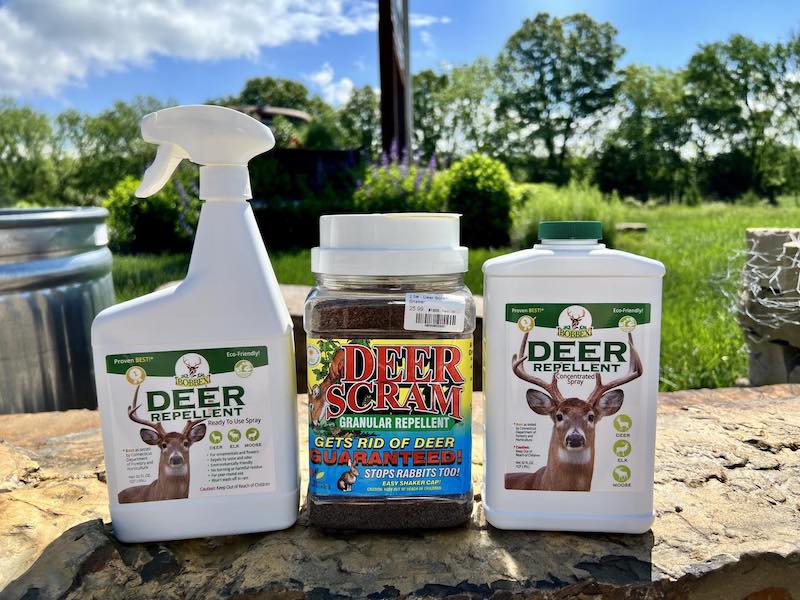
As natural food sources decrease for deer, you may find them wandering into your yard and decimating your beloved landscaping. Planting deer-resistant plant species can help. Some examples are Lavender, Catmint, Calamint, Weigelia, and Itea. We supply several products that can act as a preventative. We recommend alternating products to increase effectiveness.
Fungicide

While drought conditions themselves do not inherently cause fungal diseases, the stress they impose on plants can make them more susceptible to such infections. Weakened plants are less able to ward off pathogens, and fungi can take advantage of this vulnerability to infiltrate and establish themselves. We offer several fungicides to help.
Watering Tools to Help During a Drought
Tree Watering Bag
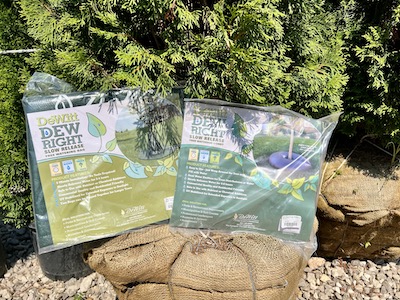
These 20 gallon bags slowly release the water over 5-8 hours so that it really soaks into the ground. Save time, save money, save your trees! You can also zip two together for larger trees.
Soaker Hoses
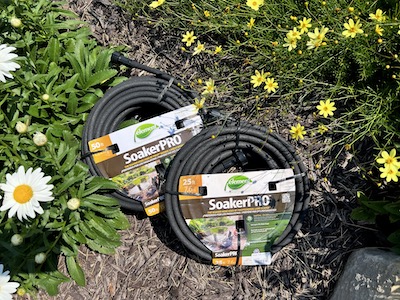
Using soaker hoses is ideal, even when there isn’t a drought. These hoses aren’t hard to set up, and they focus water exactly where the plant needs it, on the roots.
Bluetooth Timers
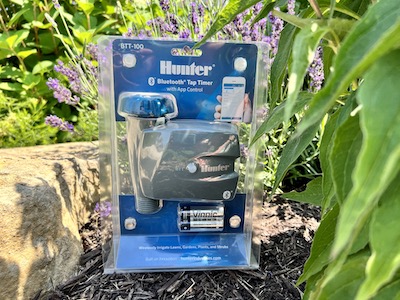
Keep your garden looking great even if you’re on vacation. These programmable timers ensure you can control water flow even if you’re miles away. They also ensure you’re not overwatering and overcompensating for the dry spell, as this could cause issues too.
_____
As the frequency and severity of droughts in Missouri continue to increase, it’s crucial that we adapt our landscaping practices to this new reality. From choosing the right drought-tolerant plants and improving our soil’s health, to implementing innovative watering practices and embracing new water conservation technologies, there are many ways we can reduce the impact of drought on our landscapes.
While it may take some effort and investment, the benefits are substantial. Not only can we create beautiful landscapes that are resilient in the face of drought, but we can also conserve water, protect our local ecosystems, and create a more sustainable future.
In the words of Dave, “The key to landscaping in a drought-prone area like Missouri is understanding that water is a precious resource. Every drop counts. By planning ahead, choosing the right plants, and using water efficiently, we can create landscapes that are not only beautiful but also sustainable.”
By implementing these strategies and habits, we can all contribute to a more resilient and sustainable Missouri landscape. And remember, whether you’re in Springfield or any other part of the state, there are resources and professionals ready to help you make your landscape more drought-tolerant and eco-friendly. The future of our landscapes depends on our actions today.

